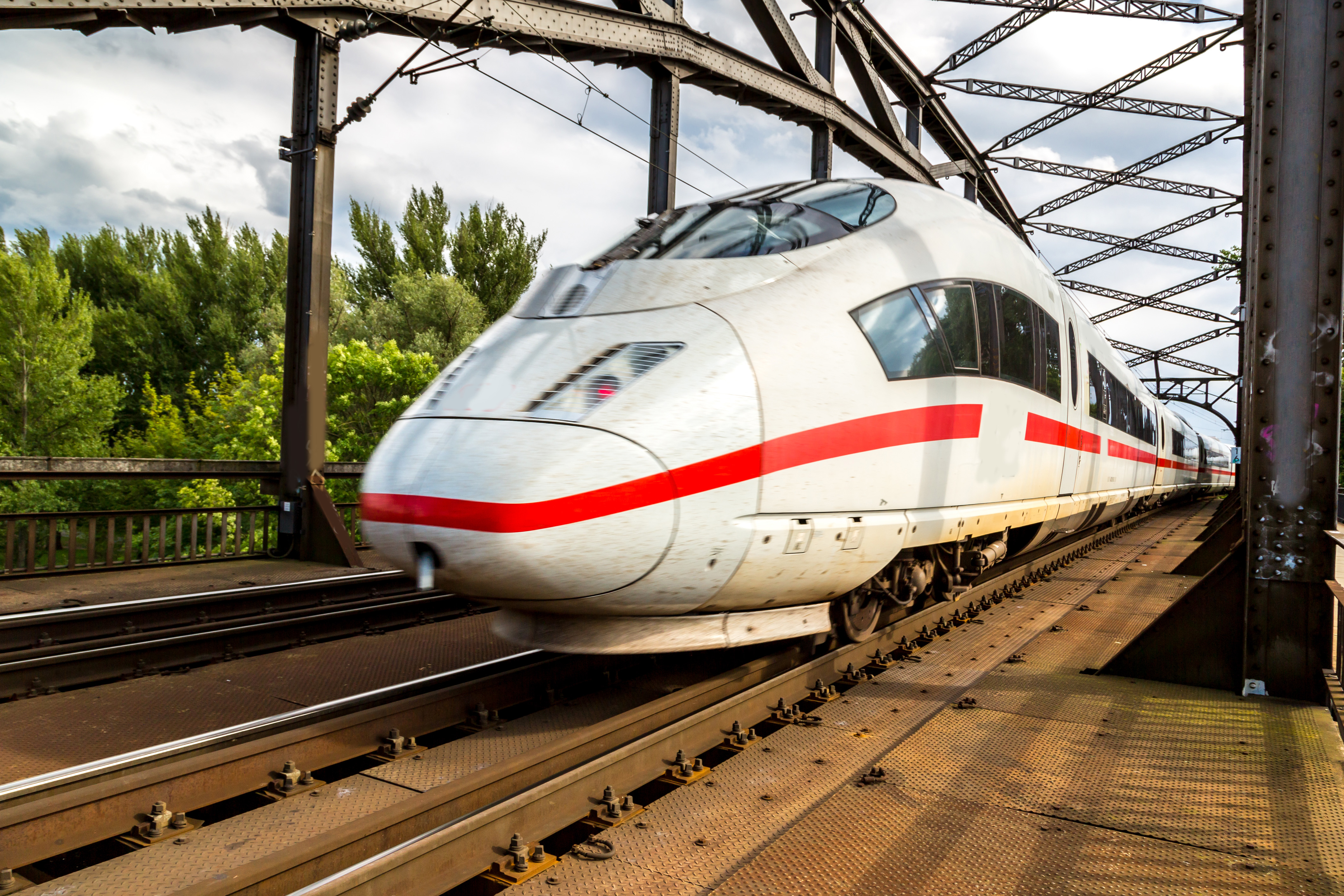Germany’s national airline is teaming up with the country’s national railroad to create and air-rail net across the whole country at a bargain rate. Hopefully, someone on this side of the Atlantic is taking notes.
In the seemingly eternal death struggle between airlines and passengers trains, Lufthansa and Deutsche Bahn (DB) are trying something different: They’re teaming up.
The venture is called Rail&Fly. It’s brilliantly simple and temptingly cheap.
Simple: Fly into Germany on Lufthansa from virtually anywhere the airline flies, and connect to your final destination in a DB train. Book both your flight and your train with the airline.
DB takes this two steps further, connecting air travelers to airports in Amsterdam and Zurich as well as Germany.
It’s not just for inbound travelers. It works the same in reverse.
Cheap: The fare for your train trip, almost anywhere in Germany, starts at 29 euros ($34) one way for a 2nd Class seat or $64 for one-way in 1st Class. Round-trip? Just double the one-way fare. This package includes DB’s high-speed ICE trains, Germany’s answer to Japan’s Shinkansen and the French TGV.
That means less need to take short regional flights to connect with major international airports.
I’ve never experienced any of Germany’s low-cost regional air carriers — but if they’re anything like ours, that alone is reason enough to give Rail&Fly a try.
Lufthansa is Germany’s national flag carrier and the country’s largest airline, a massive outfit with nine subsidiary airlines blanketing Europe and a route map that pretty much covers the Earth.
Their motto: “Say Yes to the World.”
Even if you’ve never flown with them, odds are you have a connection with them.
Ever watch in-flight meals being loaded onto planes from trucks labelled “LSG Sky Chefs?”
That’s Lufthansa.
While the airline has been around since 1955, Deutsche Bahn only began rolling in 1994 — time enough to create their own high-speed rail network with their ICE trains. ICE stands for InterCity-Express, and they’re as fast as their name implies.
DB trains connect a network of some 5,600 stations, and some of them are gorgeous, especially in Germany’s capital. With all its retail shops and eateries, the all-glass, multi-level Hauptbahnhof in Berlin is a destination in its own right. If you’re a hard-core rail buff or just enjoy traveling on trains, the Hauptbahnhof is a must-stop.
I’ve yet to fly with Lufthansa, but I’ve rolled with DB’s ICE trains. Clean, smooth, comfortable, fast, on point and on time.
The appeal of Rail&Fly isn’t hard to understand. It will be interesting to see if travelers in Germany agree. If they do, look for this concept to catch on elsewhere.
Would this idea work in North America, where the distances are often greater and the trains definitely slower? Who knows? Also, it would require one or more US airlines to play nice with Amtrak — something we haven’t seen too often, if ever.
